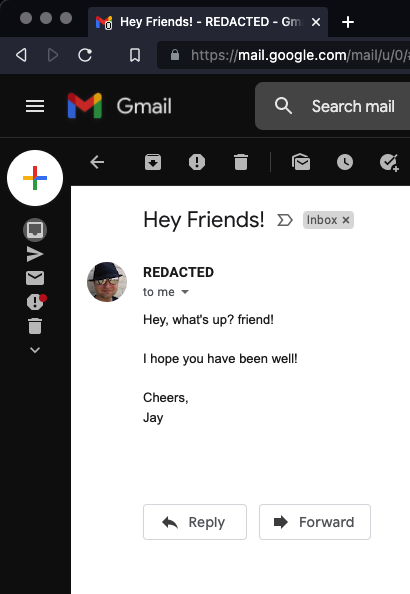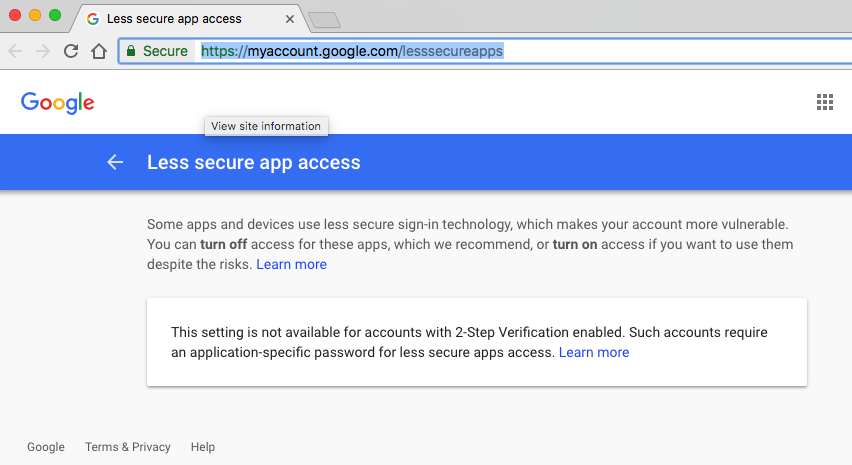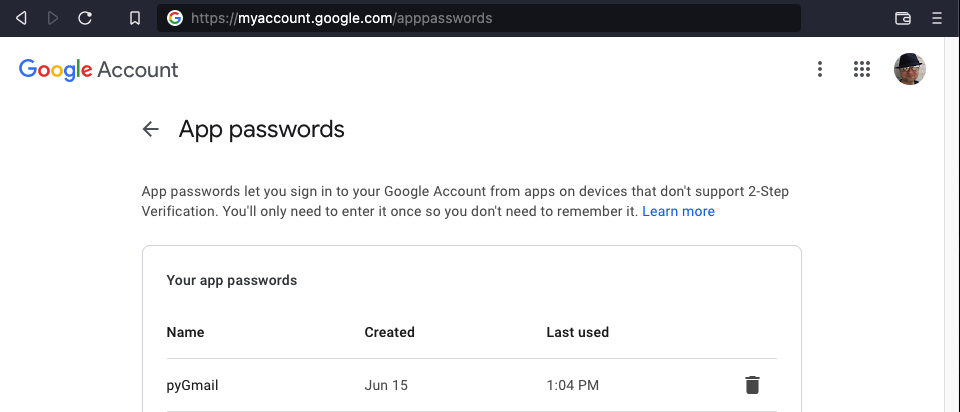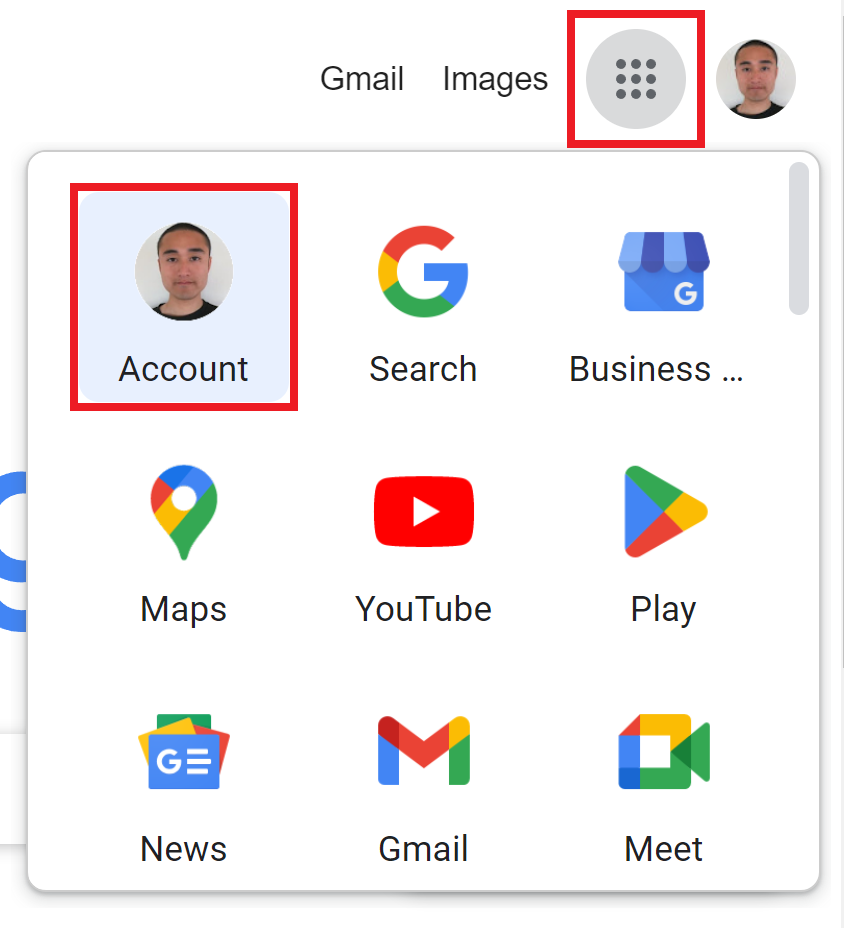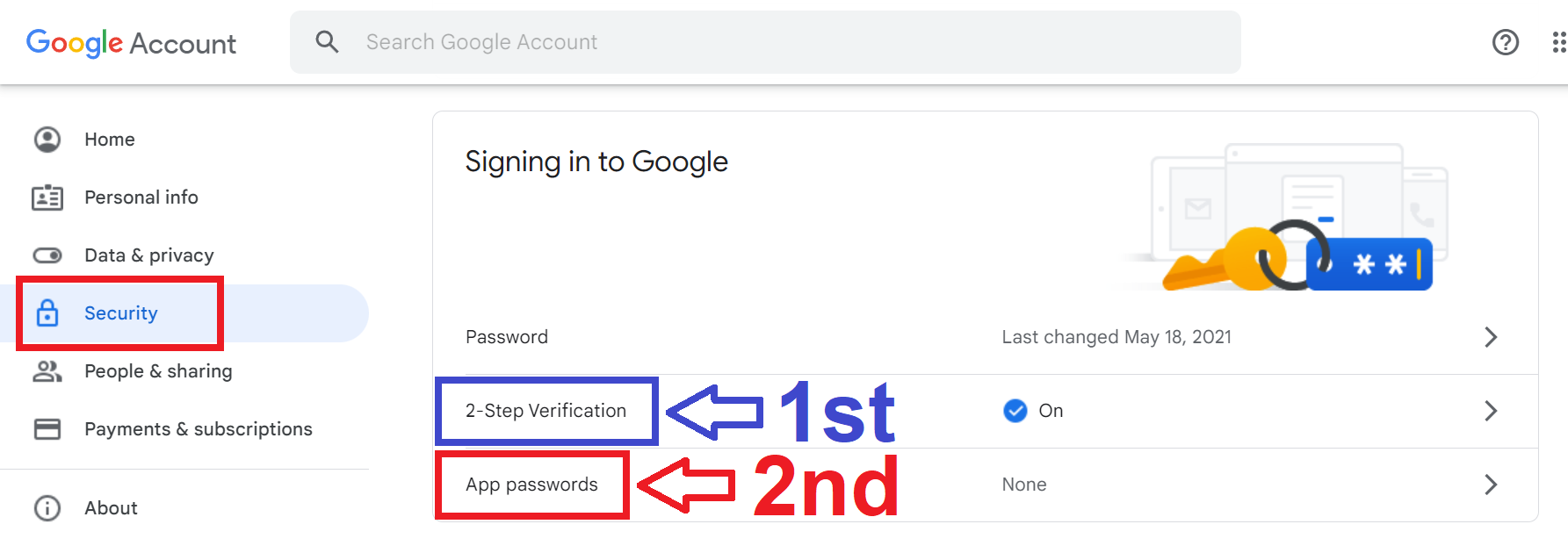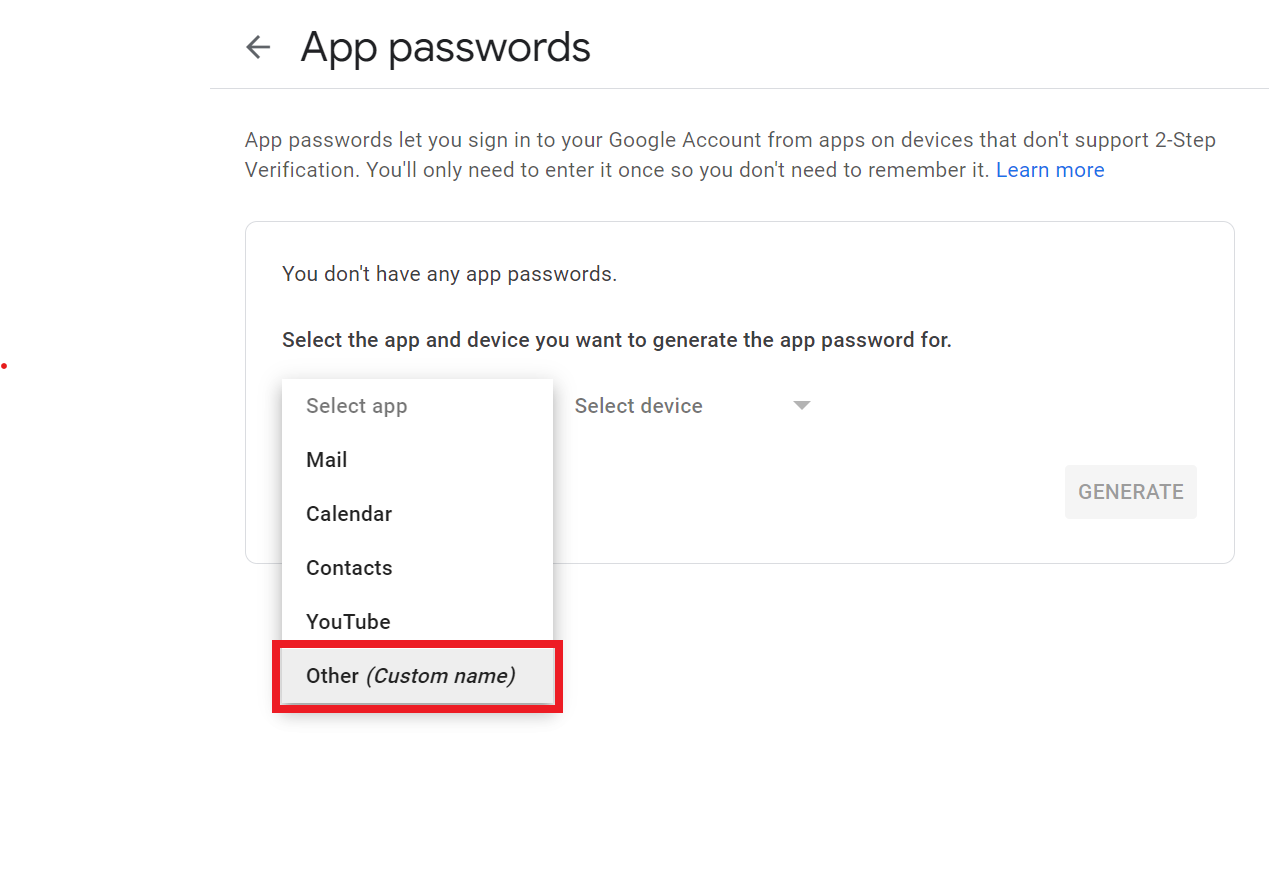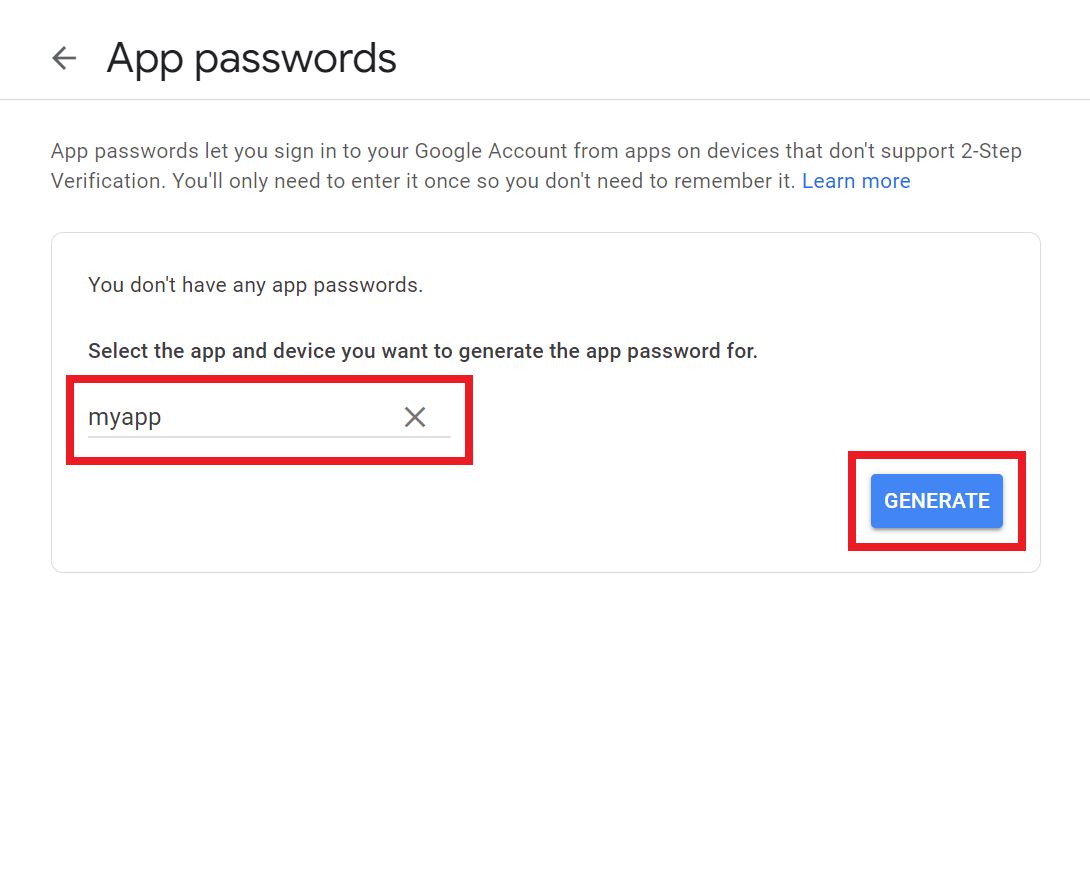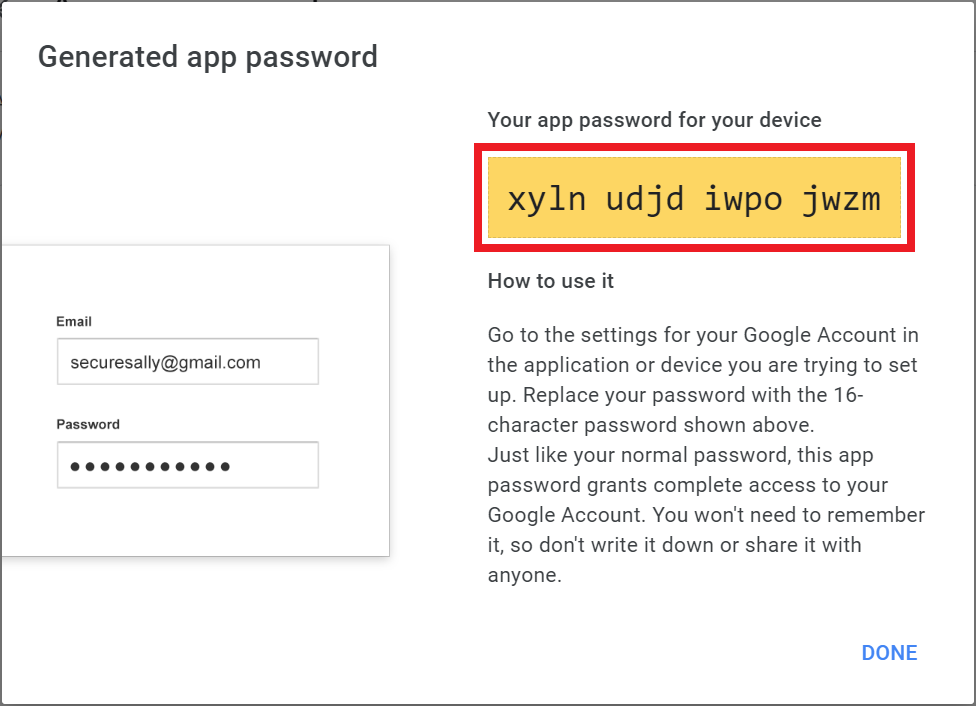As of 2024, this is what works:
Go to https://myaccount.google.com/security and make sure 2-step verification in enabled on your account. So for this you can setup an app on your phone like Google Authenticator, authy etc..
Once you have setup "2-Step Verification", from security go to "2-Step verification" again and scroll down to "App Passwords":
![enter image description here]()
Now give your app a name and you will be given a password for your device.
Finally save your password somewhere safe and plugin your email and password into the following script:
import smtplib
YOUR_GOOGLE_EMAIL = '<[email protected]>' # The email you setup to send the email using app password
YOUR_GOOGLE_EMAIL_APP_PASSWORD = '<your-app-password>' # The app password you generated
smtpserver = smtplib.SMTP_SSL('smtp.gmail.com', 465)
smtpserver.ehlo()
smtpserver.login(YOUR_GOOGLE_EMAIL, YOUR_GOOGLE_EMAIL_APP_PASSWORD)
# Test send mail
sent_from = YOUR_GOOGLE_EMAIL
sent_to = sent_from # Send it to self (as test)
email_text = 'This is a test'
smtpserver.sendmail(sent_from, sent_to, email_text)
# Close the connection
smtpserver.close()
For more details see Google Auth Passwords.
OLD Answer: (This no longer works)
I ran into a similar problem and stumbled on this question. I got an SMTP Authentication Error but my user name / pass was correct. Here is what fixed it. I read this:
https://support.google.com/accounts/answer/6010255
In a nutshell, google is not allowing you to log in via smtplib because it has flagged this sort of login as "less secure", so what you have to do is go to this link while you're logged in to your google account, and allow the access:
https://www.google.com/settings/security/lesssecureapps
Once that is set (see my screenshot below), it should work.
![enter image description here]()
Login now works:
smtpserver = smtplib.SMTP("smtp.gmail.com", 587)
smtpserver.ehlo()
smtpserver.starttls()
smtpserver.ehlo()
smtpserver.login('[email protected]', 'me_pass')
Response after change:
(235, '2.7.0 Accepted')
Response prior:
smtplib.SMTPAuthenticationError: (535, '5.7.8 Username and Password not accepted. Learn more at\n5.7.8 http://support.google.com/mail/bin/answer.py?answer=14257 g66sm2224117qgf.37 - gsmtp')
Still not working? If you still get the SMTPAuthenticationError but now the code is 534, its because the location is unknown. Follow this link:
https://accounts.google.com/DisplayUnlockCaptcha
Click continue and this should give you 10 minutes for registering your new app. So proceed to doing another login attempt now and it should work.
UPDATE: This doesn't seem to work right away you may be stuck for a while getting this error in smptlib:
235 == 'Authentication successful'
503 == 'Error: already authenticated'
The message says to use the browser to sign in:
SMTPAuthenticationError: (534, '5.7.9 Please log in with your web browser and then try again. Learn more at\n5.7.9 https://support.google.com/mail/bin/answer.py?answer=78754 qo11sm4014232igb.17 - gsmtp')
After enabling 'lesssecureapps', go for a coffee, come back, and try the 'DisplayUnlockCaptcha' link again. From user experience, it may take up to an hour for the change to kick in. Then try the sign-in process again.
You many now also need create an app password by following the steps under section "Create & use app passwords" here: support.google.com/accounts/answer/185833



